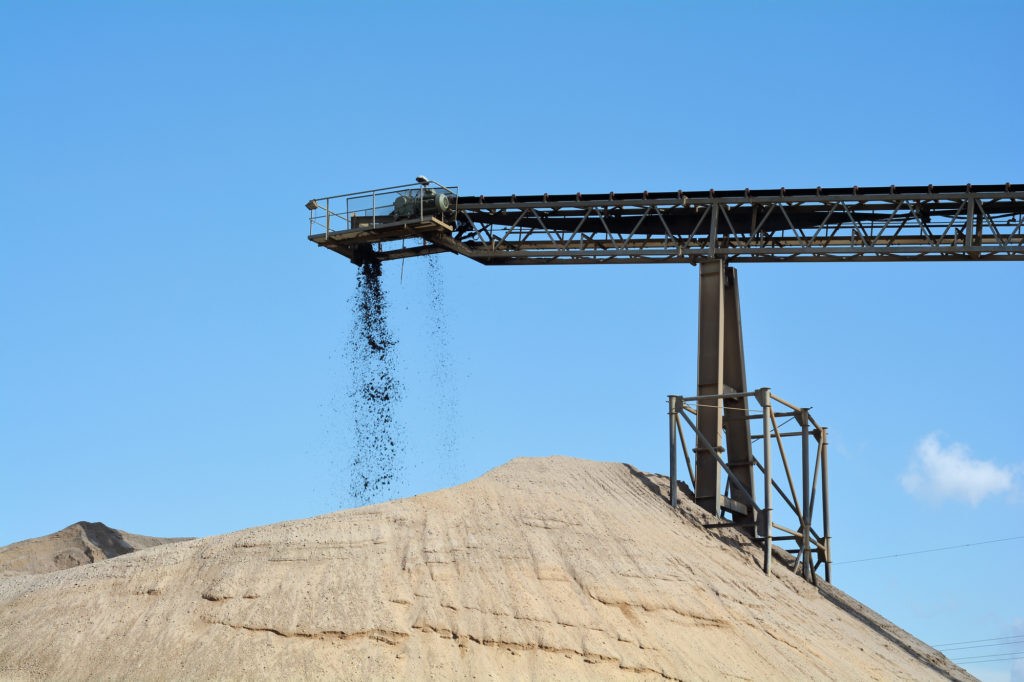
Comparing Canada to the U.S.
The majority of market research does not compare the U.S. to Mexico or Canada, but rather, highlights North America’s position in the world’s industry. Though, according to one report, “The Global Construction Aggregates Market—Key Trends and Opportunities to 2018”—released by U.S. and India-based Market Research Reports, Inc—the U.S. holds a “92.7% share in the North American construction aggregates market while Canada accounted for the remainder.”
Since the aforementioned report was released, in September 2014, the construction aggregate market has experienced even more consolidation and expansion amongst companies with positions in the U.S. and Canada. For starters, Martin Marietta—an American-based company and leading supplier of aggregates and heavy building materials with operations spanning 32 states as well as Canada—acquired Texas Industries. Larger yet, mega-house companies Lafarge and Holcim merged (Lafarge’s earliest roots date back to France in 1833 and Holcim was born in Switzerland in 1912.) Both companies already had departments in the U.S. and Canada and, following the 2015 merger, their combined annual sales are expected to about $43 billion.
Construction Aggregates View from LafargeHolcim
According to a Shareholders’ Letter released by LafargeHolcim, the U.S. and Canada has experienced solid performance following the recession. The analysis attributes the North American economic recovery in great part to the upswing of development in the United States, due to a drive in the housing market. The result was an increased demand of cement across the country and simultaneously, an increase of cement volumes, incentivized by poor weather that hit earlier in 2015.
“The United States benefited from the ongoing dynamic economic recovery that translated into higher demand for cement across most of the country. Cement volumes increased as stronger volumes in the course of the year were able to offset negative weather effects earlier in 2015. Aggregates prices increased driving improved profitability in that segment,” according to the report from LafargeHolcim.
In the commercial construction segment, Lafarge North America (a subsidiary of LafargeHolcim) also played a huge role in providing materials for the construction of the new cutting-edge University Medical Center Orleans, which has replaced the Hurricane Katrina-ravaged Medical Center of Louisiana at New Orleans. In the U.S. alone, the corporation’s companies span across 350 sites, 43 states and 6,000 employees. And globally, LafargeHolcim employs 115,000 individuals and is located in 90 countries.
Have you considered how soil can affect construction projects? Read about it here.






